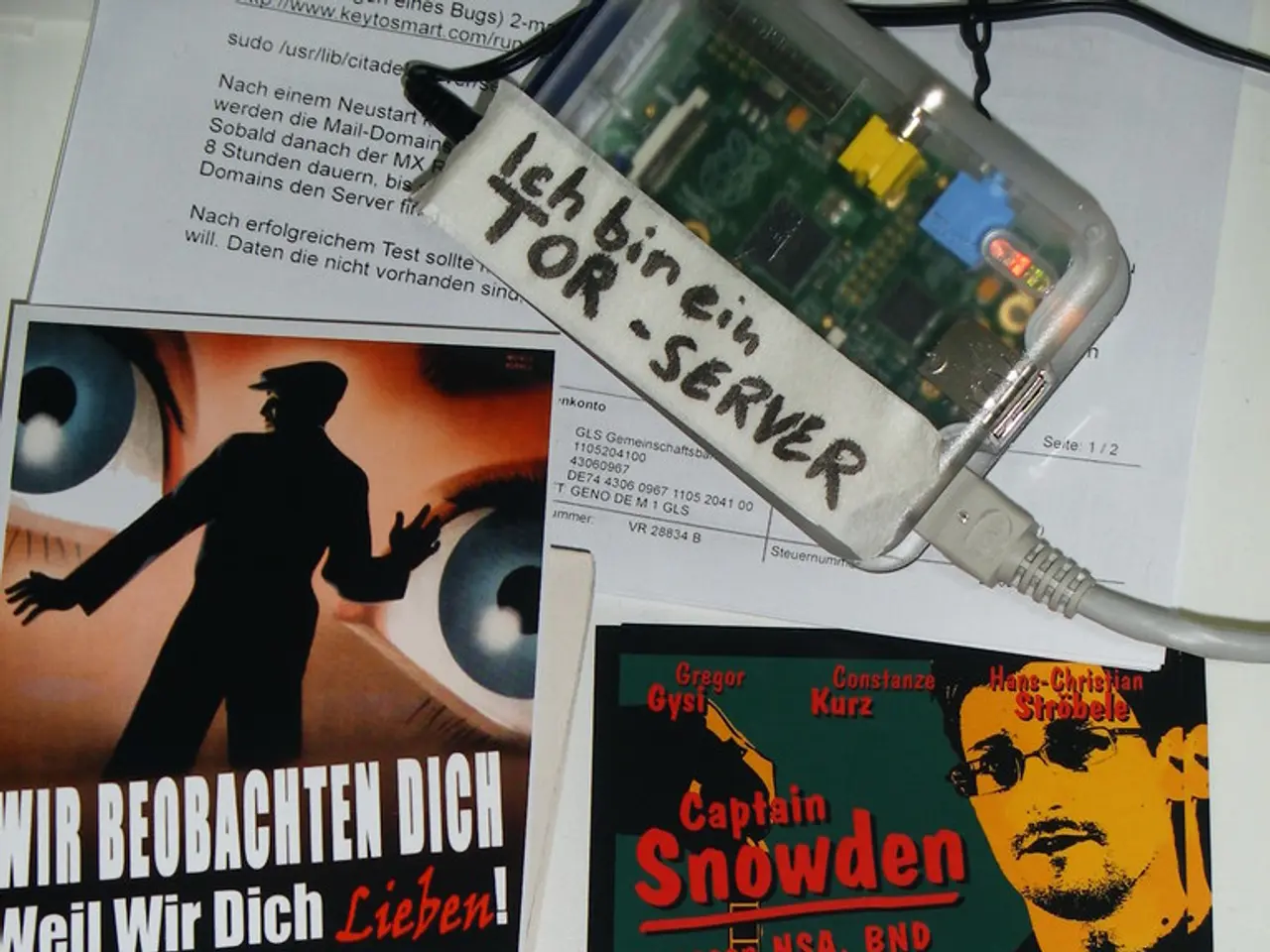Design and Analysis of Printed Circuit Boards, Component Extraction, and Simulation by Matthew Harms
Improving High-Speed PCB Design: Best Practices and Innovative Solutions
In the ever-evolving world of technology, high-speed PCB design has become a critical aspect for electronics manufacturers. Matthew Harms, an electrical engineer from Canada who has been with EMA as an application engineer since 2003 and as the application engineer team leader since 2018, sheds light on the current best practices for high-speed PCB design.
Power Integrity Analysis
A clean and stable power supply is crucial for high-speed PCBs. Harms emphasizes the importance of maintaining a well-planned power distribution network (PDN) by placing local decoupling capacitors near ICs, and using well-planned ground and power planes to minimize noise and voltage drops in the power delivery system. He also discusses the tool Allegro PowerTree, which helps track the power delivery network on a PCB.
Component Placement
Thermal management, signal path optimization, and design for manufacturability (DFM) are key considerations in component placement. Harms advises arranging components to facilitate heat dissipation, placing high-speed components close to each other to minimize trace lengths, and maintaining proper spacing, solder mask clearances, and component-to-board-edge distances to ease assembly and improve yield.
Data Management (Routing and Trace Control)
Controlled impedance routing, trace length matching, crosstalk reduction, and via management are essential for high-speed PCB design. Harms recommends designing traces as controlled transmission lines with fixed impedance values, maintaining adequate spacing between traces, and minimizing the number of vias to prevent signal degradation.
Material Selection
For high-speed signals, selecting materials with stable dielectric constants and low loss tangent is essential to reduce signal attenuation and distortion. Harms also stresses the importance of high voltage and insulation, surface finish, and thermal considerations in material selection.
Additional Best Practices
Stack-up design, early collaboration with manufacturers, optimizing layer count, and employing 3D FEM for extracting physical designs into mathematical form are other best practices Harms discusses.
These practices help reduce costly redesigns, ensure reliable operation at high data rates, and improve manufacturability of high-speed PCBs. Simulation tools play a crucial role in validating signal and power integrity before fabrication.
Matthew Harms also mentions the significance of field solvers for analyzing traces on a PCB, with the next generation 3D field solver aiming to improve speed, with the goal of cutting simulation time in half. Cadence's solution for this issue is called clarity, which parallelizes work and maximizes the capabilities of a computer for faster and accurate results.
In conclusion, the current best practices for high-speed PCB design encompass integrated approaches to power integrity analysis, component placement, data management, and material selection to ensure signal and power quality, manufacturability, and long-term reliability. These practices are essential for mission-critical, high-frequency designs such as PCIe, USB 3.x, HDMI, and other high-speed interfaces.
In the context of high-speed PCB design, controlled impedance technology is crucial for maintaining adequate spacing between traces and designing traces as controlled transmission lines with fixed impedance values, as suggested by Matthew Harms. This practice helps minimize signal degradation and ensures reliable operation. Furthermore, the innovative technology of Cadence's solution called Clarity, designed to improve speed and cut simulation time in half, demonstrates the significant role technology plays in advancing high-speed PCB design.




